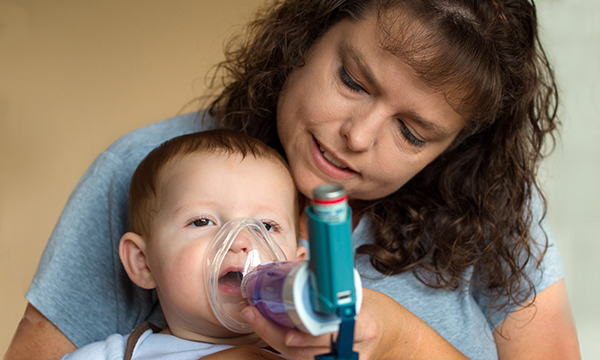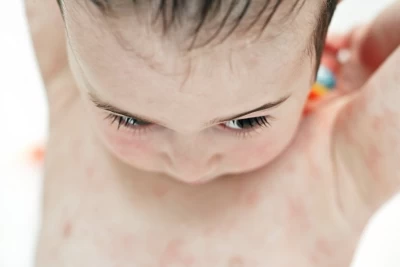Biological basis of child health 5: development of the respiratory system and elements of respiratory assessment

Resource
Exclusive quality-assured learning resource
Online

Available to RCNi Plus subscribers
Applicable for any nurse with an RCNi subscription
This article is the fifth in a series on the biological basis of child health. It describes the development of the respiratory system, which starts relatively late in the embryo and continues after birth until the age of seven to eight years. It explains what the developing anatomy of the respiratory system in infants and children means in terms of the conditions that may occur and the precautions required when assessing them. The article provides an overview of the elements of respiratory assessment in infants and children and describes some respiratory conditions seen in these patient groups. It also discusses some of the changes in the care of children with respiratory conditions, which has increasingly moved from hospital into the community and become nurse-led, multidisciplinary and holistic.
Who is this resource for?
This resource is aimed at nurses and nursing support workers across all settings and levels of practice, including students of health, social work and care professions.

 ;
;